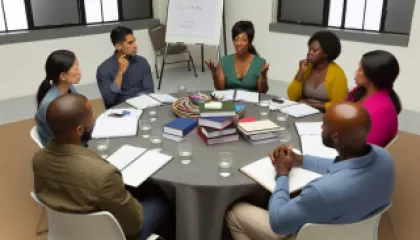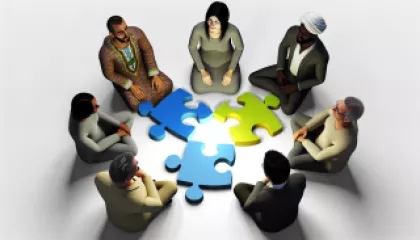Overcoming Midlife Crisis: My Personal Journey to Rediscovery
1 year ago
Navigating Midlife Crisis
Overcoming Health Anxiety: My Personal Journey
1 year ago
Health Anxiety
Overcoming Adversity: My Path to Building Resilience
1 year ago
Resilience
Overcoming Disordered Eating: A Step-by-Step Guide
1 year ago
Disordered Eating
Mastering Body Language: The Comprehensive Guide
1 year ago
Body Language Basics
Step-by-Step Guide to Managing Toxic Relationships
1 year ago
Managing Toxic Relationships
Top 10 Techniques to Sharpen Your Intuition
1 year ago
Developing Intuition
Understanding Recovery: A Review of Emotional Abuse Healing Research
1 year ago
Healing from Emotional Abuse
Mastering the Mindset: My Journey to Embracing Success Psychology
1 year ago
Success Psychology
Exploring the Science of Personal Growth: Key Research Findings
1 year ago
Personal Growth
The Psychological Impact of a Digital Nomad Lifestyle
1 year ago
Digital Nomad Psychology
Unraveling the Psychology of Belief: Why We Hold Our Convictions
1 year ago
Psychology of Belief
Breaking Barriers: An Interview with a Diversity Expert on Confronting Bias
1 year ago
Confronting Bias
Rethinking Academic Stress: A Personal Perspective
1 year ago
Academic Stress
Mastering the Art of Overcoming Resistance: A Comprehensive Guide
1 year ago
Understanding Resistance















